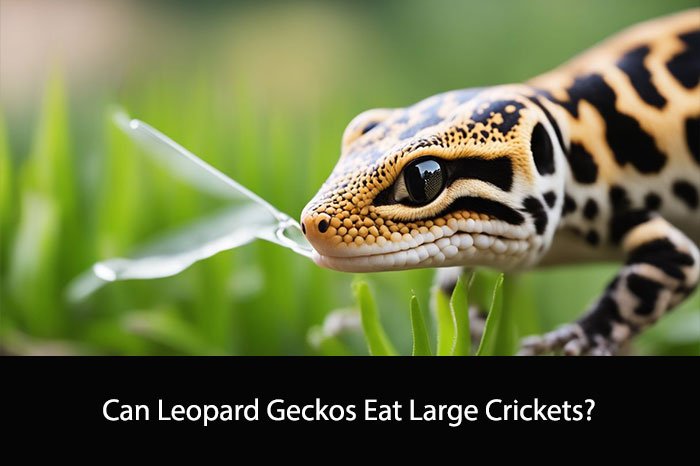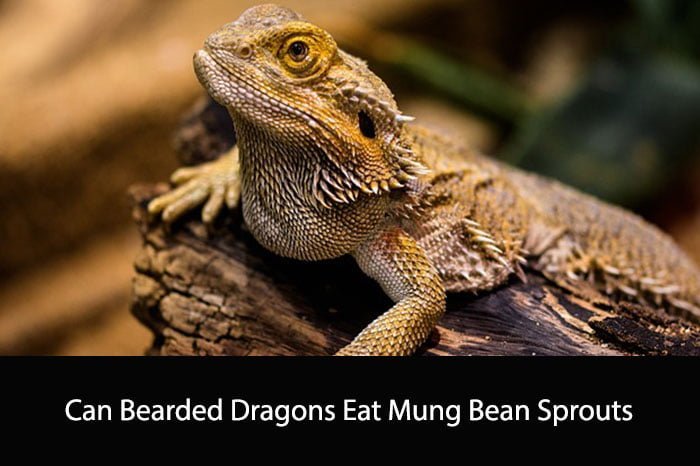Leopard geckos are popular pets among reptile enthusiasts due to their unique appearance and relatively low maintenance. As with any pet, it is important to provide them with a balanced and nutritious diet. One common question among leopard gecko owners is whether or not they can eat large crickets.
The answer is yes, leopard geckos can eat large crickets, but there are some important factors to consider. While crickets are a good source of protein for leopard geckos, it is important to make sure they are the appropriate size for your gecko. Large crickets can be difficult for leopard geckos to digest and may even cause impaction, which can be a serious health issue. It is recommended to feed crickets that are no larger than the width of your gecko’s head.
In addition to size, it is important to consider the nutritional value of the crickets. Large crickets may have a lower nutritional value compared to smaller crickets, as they may have already gone through several molting stages. It is also important to gut-load the crickets with nutritious foods such as fruits and vegetables before feeding them to your gecko. By taking these factors into consideration, you can ensure that your leopard gecko is getting the proper nutrition it needs to thrive.
Leopard Gecko Dietary Basics

As responsible pet owners, it’s important to understand the dietary needs of our leopard geckos. In this section, we will cover the basics of leopard gecko nutrition, including their nutritional needs and feeding frequency.
Nutritional Needs
Leopard geckos are insectivores, which means they require a diet that consists primarily of insects. The ideal diet for a leopard gecko should be high in protein and low in fat. Some suitable insects for leopard geckos include crickets, mealworms, and dubia roaches.
In addition to insects, leopard geckos also require a source of calcium and other essential vitamins and minerals. This can be provided through supplements such as calcium powder or by feeding gut-loaded insects, which are insects that have been fed a nutritious diet before being fed to your leopard gecko.
Feeding Frequency
Leopard geckos should be fed daily when they are young, but as they mature, their feeding frequency can be decreased to every other day or every few days. It’s important to monitor your leopard gecko’s weight and adjust their feeding schedule accordingly.
When feeding your leopard gecko, it’s important to offer appropriately sized prey. Large crickets can be fed to adult leopard geckos, but it’s important to ensure that the crickets are not larger than the space between your leopard gecko’s eyes. This will help prevent choking or other digestive issues.
By understanding the nutritional needs and feeding frequency of leopard geckos, we can provide them with a healthy and balanced diet that will promote their overall health and well-being.
Understanding Cricket Sizes
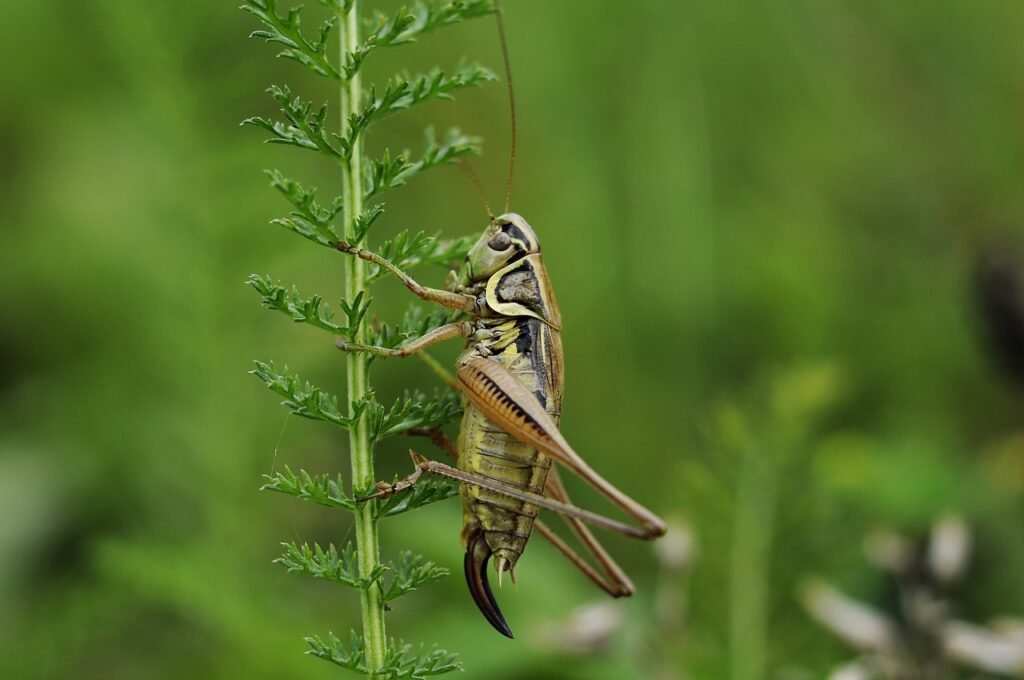
Cricket Sizing Guide
When it comes to feeding leopard geckos, it’s important to understand the sizing of the crickets you’re feeding them. Crickets are typically sold in a range of sizes, from small to extra-large. The size of the cricket you choose can have a big impact on your leopard gecko’s health and well-being.
To help you choose the right size cricket, we’ve put together this handy sizing guide:
| Cricket Size | Length (inches) | Age/Size of Gecko |
|---|---|---|
| Small | 1/8 – 1/4 | Hatchling |
| Medium | 1/4 – 1/2 | Juvenile |
| Large | 1/2 – 3/4 | Adult |
| Extra-Large | 3/4 – 1 | Large Adult |
Keep in mind that these sizes may vary depending on the supplier, so it’s always a good idea to measure the crickets yourself before feeding them to your leopard gecko.
Appropriate Cricket Size for Leopard Geckos
Leopard geckos are carnivorous and require a diet of live insects, including crickets. When choosing the appropriate cricket size for your leopard gecko, it’s important to consider their age and size.
Hatchlings and juvenile leopard geckos require smaller crickets, typically ranging from 1/8 to 1/2 inch in length. As they grow and mature, they can handle larger crickets, with adult leopard geckos able to consume crickets up to 3/4 inch in length.
Feeding your leopard gecko appropriately sized crickets is important for their health and digestion. Overfeeding large crickets can lead to impaction and other health issues, while underfeeding small crickets can result in malnourishment.
In summary, understanding cricket sizes and choosing the appropriate size for your leopard gecko is crucial for their health and well-being. By following our cricket sizing guide and considering your gecko’s age and size, you can ensure they receive the proper nutrition they need to thrive.
Benefits of Feeding Large Crickets
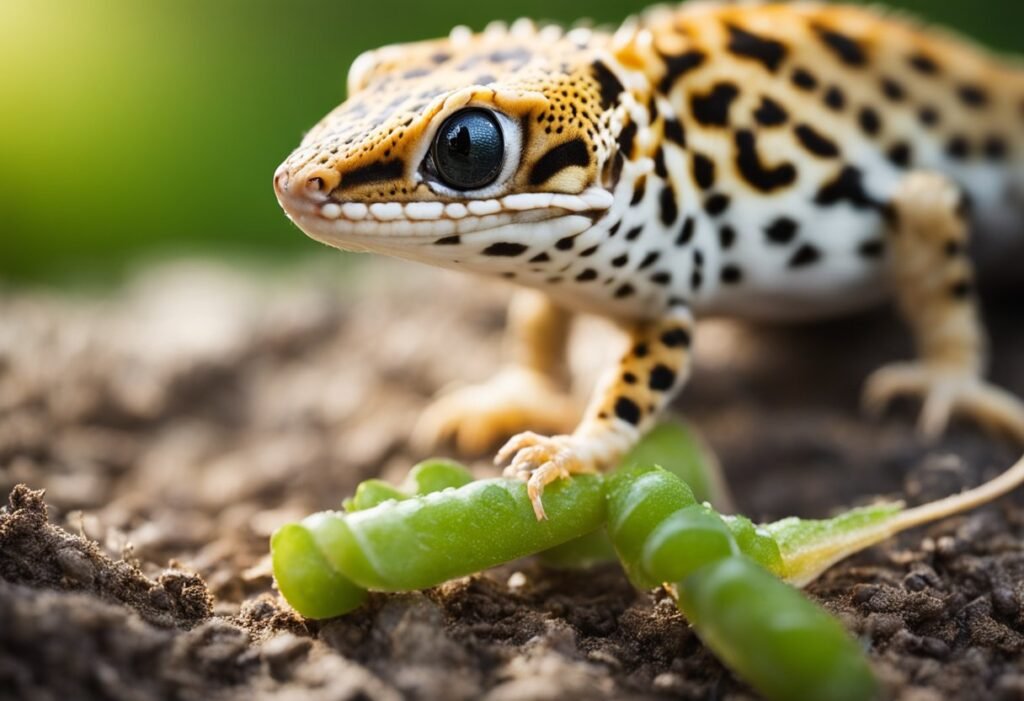
Nutritional Benefits
Feeding leopard geckos with large crickets provides them with a variety of essential nutrients. These insects are rich in protein, which is crucial for their growth and development. They also contain high levels of calcium, phosphorus, and other minerals that are vital for maintaining healthy bones and teeth.
In addition, large crickets are an excellent source of vitamins, including vitamin A and vitamin D3. Vitamin A is essential for maintaining healthy skin, while vitamin D3 helps in the absorption of calcium and phosphorus. By feeding our leopard geckos with large crickets, we can ensure that they receive a well-balanced diet that meets all their nutritional needs.
Behavioral Advantages
Feeding leopard geckos with large crickets also has behavioral advantages. In the wild, these geckos are known to hunt and eat a variety of insects, including crickets. By providing them with large crickets, we can stimulate their natural hunting instincts and keep them mentally and physically active.
Moreover, feeding our leopard geckos with large crickets can also help prevent boredom and reduce stress. These insects provide a fun and interactive way for our geckos to hunt and feed, which can help keep them happy and healthy.
In conclusion, feeding leopard geckos with large crickets has numerous benefits, including nutritional and behavioral advantages. By providing them with a well-balanced diet that includes large crickets, we can ensure that our geckos remain healthy, active, and happy.
Potential Risks and Considerations
When feeding leopard geckos large crickets, there are some potential risks and considerations to keep in mind. In this section, we will discuss two main concerns: choking hazards and digestive issues.
Choking Hazards
Leopard geckos are small and have relatively narrow throats. Therefore, feeding them large crickets can increase the risk of choking. If a cricket is too big, it may get stuck in the gecko’s throat, causing it to suffocate.
To avoid this risk, it is important to only feed leopard geckos appropriately sized crickets. A general rule of thumb is to feed them crickets that are no bigger than the space between their eyes. Additionally, it is recommended to supervise your gecko while it is eating to ensure that it is not struggling to swallow its food.
Digestive Issues
Another concern when feeding leopard geckos large crickets is the potential for digestive issues. Large crickets may be difficult for geckos to digest, leading to constipation, impaction, or other gastrointestinal problems.
To prevent these issues, it is important to provide your gecko with a balanced diet that includes a variety of appropriately sized prey items. Additionally, it is recommended to avoid feeding your gecko crickets that are too large or too frequent. Overfeeding can also lead to digestive problems, so it is important to monitor your gecko’s food intake and adjust as necessary.
In conclusion, while leopard geckos can eat large crickets, it is important to be aware of the potential risks and considerations. By feeding appropriately sized crickets and providing a balanced diet, you can help ensure your gecko’s health and well-being.
How to Safely Feed Large Crickets
Preparation of Crickets
Before feeding large crickets to your leopard gecko, it is important to ensure that they are healthy and safe to eat. We recommend purchasing crickets from a reputable supplier and inspecting them before feeding.
To prepare the crickets, we suggest keeping them in a well-ventilated container with a source of moisture, such as a damp paper towel or water gel. This will help keep them hydrated and prevent them from becoming too dry and difficult to digest.
Additionally, we recommend dusting the crickets with a calcium supplement before feeding to provide your leopard gecko with the necessary nutrients for healthy bone growth.
Feeding Technique
When feeding large crickets to your leopard gecko, it is important to ensure that they are able to safely consume them. We suggest using appropriately sized crickets that are no larger than the width of your leopard gecko’s head.
To feed, we recommend using feeding tongs to hold the cricket and gently placing it in front of your leopard gecko. Avoid dropping the cricket directly onto your leopard gecko’s head as this can cause injury.
It is important to monitor your leopard gecko during feeding to ensure that they are able to consume the cricket without difficulty. If you notice any signs of choking or difficulty swallowing, immediately remove the cricket and seek veterinary attention if necessary.
By following these tips for safely feeding large crickets, you can provide your leopard gecko with a nutritious and healthy diet.
Alternatives to Large Crickets
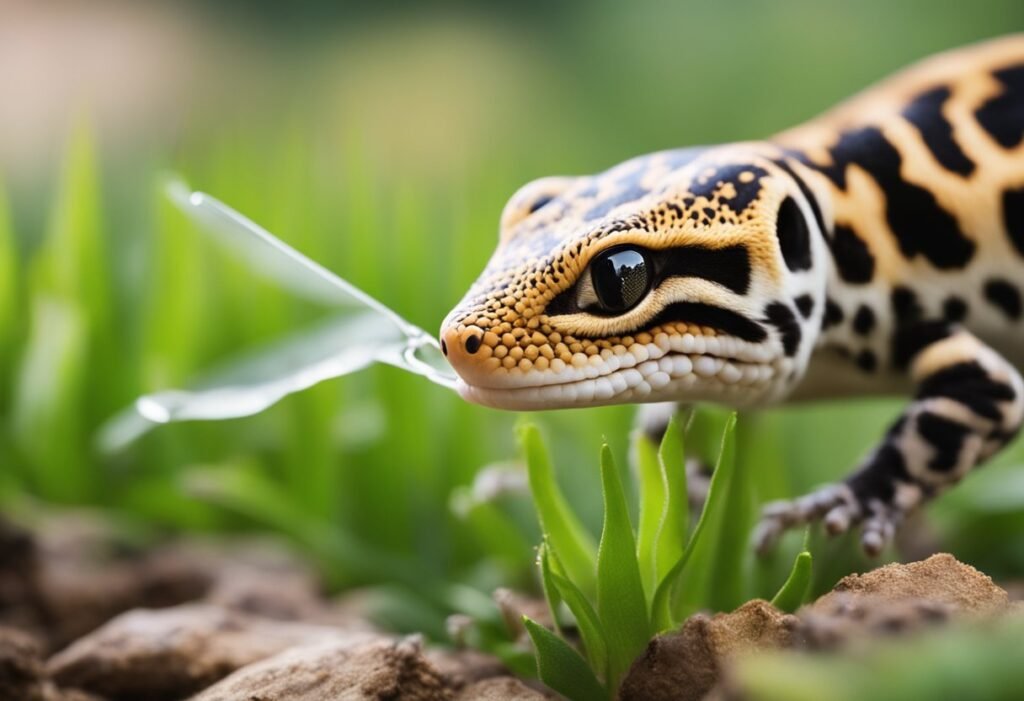
Other Feeder Insects
While leopard geckos are known to primarily feed on crickets, there are other feeder insects that can provide a healthy and varied diet. Some of these include mealworms, waxworms, superworms, and dubia roaches.
Mealworms are a common and affordable option that are readily available at most pet stores. They are a good source of protein and can be fed to leopard geckos of all ages. Waxworms, on the other hand, are high in fat and should be fed sparingly as a treat. Superworms are larger than mealworms and can be fed to adult leopard geckos. Dubia roaches are another nutritious option that are becoming increasingly popular among reptile owners.
When feeding alternative insects, it is important to ensure that they are gut-loaded with nutritious food, such as fruits and vegetables, before being fed to your leopard gecko. This will provide them with a well-rounded diet and prevent them from becoming malnourished.
Commercial Diets
In addition to feeder insects, there are also commercial diets available for leopard geckos. These diets come in the form of pellets or powders that can be mixed with water to create a paste. They are formulated to provide a balanced diet and are often fortified with vitamins and minerals.
While commercial diets can be a convenient option, they should not be the sole source of nutrition for your leopard gecko. It is important to supplement their diet with feeder insects to ensure they are getting the necessary nutrients and to prevent boredom.
Overall, there are several alternatives to large crickets that can provide a healthy and varied diet for your leopard gecko. By incorporating a variety of feeder insects and commercial diets, you can ensure that your pet is receiving a well-rounded diet that meets their nutritional needs.
Frequently Asked Questions
What alternative foods are suitable for my leopard gecko besides large crickets?
Leopard geckos are insectivores and require a diet that is high in protein. Other insects such as mealworms, waxworms, and dubia roaches can be fed to leopard geckos in addition to large crickets. It is important to ensure that the insects are gut-loaded with nutritious food and dusted with calcium and vitamin D3 supplements before feeding.
What is the appropriate number of large crickets to feed a leopard gecko at one time?
The number of crickets to feed a leopard gecko depends on its age and size. Generally, adult leopard geckos can be fed 2-3 large crickets every other day, while juveniles may need to be fed more frequently. It is important not to overfeed leopard geckos as obesity can lead to health problems.
Is there a specific feeding chart to follow for leopard geckos?
There is no specific feeding chart for leopard geckos as their feeding requirements vary depending on their age, size, and overall health. However, it is important to monitor their weight and adjust their feeding schedule accordingly.
Can leopard geckos safely consume vegetables, and if so, which ones?
Leopard geckos are primarily insectivores and do not require vegetables in their diet. However, some owners may offer small amounts of leafy greens such as kale or collard greens as a treat. It is important not to offer vegetables as a substitute for insects as they do not provide the necessary nutrients for leopard geckos.
What size crickets are recommended for feeding leopard geckos?
Leopard geckos can be fed crickets that are slightly smaller than the width of their head. It is important to avoid feeding crickets that are too large as they can cause impaction or other health issues.
Are there any risks associated with feeding leopard geckos live crickets?
There are some risks associated with feeding leopard geckos live crickets. Crickets can bite or injure leopard geckos, and they may also carry parasites or diseases. It is important to supervise feeding and remove any uneaten crickets from the enclosure to prevent them from harming the leopard gecko.

